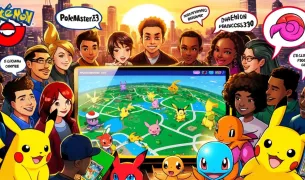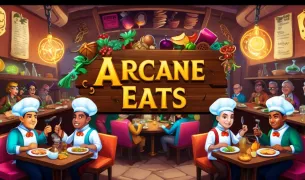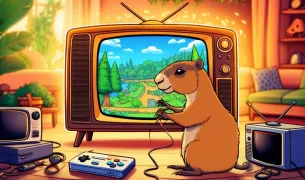Since its 1999 debut, "Family Guy" has embarked on a turbulent journey through the animated entertainment landscape. This series, created by Seth MacFarlane, initially seemed like a fresh blend of subversive humor and traditional sitcom antics. It introduced us to the Griffin family, helmed by the bumbling Peter Griffin, his tolerant wife Lois, their children - the insecure Meg, dim-witted Chris, and precocious baby Stewie - and the anthropomorphic family dog, Brian. It was the alternative to the trail blazed by "The Simpsons," for some, it offered a transitional route to the more daring comedy of "South Park."
The early seasons garnered a cult following, and its comedic value was frequently lauded for its cutting satire and pop culture parodies. With the right combination of edgy punchlines and familiarity with family dynamics, "Family Guy" was poignantly positioned as a cornerstone of adult animation—so much so that Fox resurrected the show after two cancellations due to fan outcry.
The Evolution and Devolution Found in Quahog
As "Family Guy" extended its tenure into the double-digit season count, it became evident that not all was well in Quahog. Longtime fans began to mourn what was perceived as a decline in the show's quality. Comedic staleness, overreliance on cutaway gags, and disparate character development weakened the structural integrity of this once-beloved series.
The animation, albeit glossier and crisper in the later seasons, lost some of its dynamic flair. Where the earliest episodes utilized myriad expressions and backgrounds bustling with activity, later episodes have sometimes faced criticism for staging dialogue-driven scenes against static backdrops, losing some of the animated quirkiness that initially defined the show's aesthetic.
Character arcs, a notable element of the series' foundation, grew inconsistent; semantic satiety from overused jokes about particular traits (such as Meg's perennial role as the family scapegoat) stifled character depth. Initially more substantial, Chris's role within the family dynamic seemed relegated to the sidelines as the spotlight shone ever more on Peter's antics and Stewie's outlandish schemes.
Conclusion: Viewer Impressions Oscillate Between Nostalgia and Frustration
As "Family Guy" navigates its way through the ever-changing currents of audience perception, it does so with a mixed bag of legacy. While its early seasons continue to be regarded with nostalgia, its later offerings have often been met with mixed feelings. Some viewers have clung to the hope that the show might rediscover its early magic, while others have moved on completely, lamenting what they see as a decline in narrative quality and comedic zest.
Despite the show's downsides, many viewers still tune in for the latest Griffin family mishaps. Whether it's for the comfort of familiar characters or the unpredictable nature of its storylines, "Family Guy" manages to maintain a dedicated fanbase. Nonetheless, it remains a polarizing piece of media; its footprint in adult animation is undeniably substantial, yet the discussion often turns to whether it is walking in the footsteps of its earlier success or pursuing salvaging what seems to be slipping away. The answer may well depend on which era of "Family Guy" one holds dear. Still, the conversation around it will continue as long as the residents of Quahog maintain their presence on our screens.





